- November 14, 2019
- Posted by: SportsV
- Categories: Case Studies, Event News, Features, Home News, Industry News, News, Press Releases
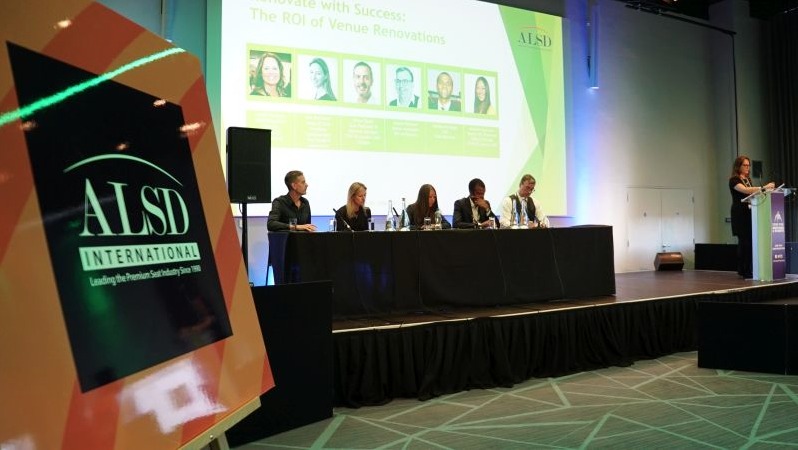
A 20-year-old sports venue is a dinosaur relative to present-day standards. To assist teams in avoiding falling into the land of lost venues, ALSD International 2019 assembled a panel of top industry pros to reveal practices giving new life to aging buildings, as the ALSD’s Jared Frank reports.
The STAPLES Center in Los Angeles is universally considered a top sports and entertainment venue. According to Billboard’s 2019 Arena Power List, the home of four LA sports teams and a full calendar of events is ranked as the world’s seventh highest-grossing arena, which sounds pretty good, right? And it is, but the competition is relentless in Tinseltown, and the arena, after just one generation, is now considered old by today’s benchmarks. It’s time to renovate… again.
Michele Kajiwara, Senior Vice President of Premium Sales & Service at STAPLES Center, explained:
We are entering our 20-year anniversary as a building, so we are looking at a major refresh. Our executives are gearing up for some big things.
Maheta Molango, CEO of Real Mallorca, is facing similar challenges at Son Moix Stadium, as he outlined:
We’re a 20-year-old stadium. It presents some interesting challenges in terms of transforming it into a modern arena.
STAPLES Center and Son Moix Stadium are not alone in living beyond their initial salad days. Architects around the world with team executives from each venue built during the construction heyday of the late-1990’s and early aughts are currently engaged in design charrettes, all aiming to solve attendance declines, rescale hospitality product mixes, and calculate the greatest possible return out of available square-footage or square metres.
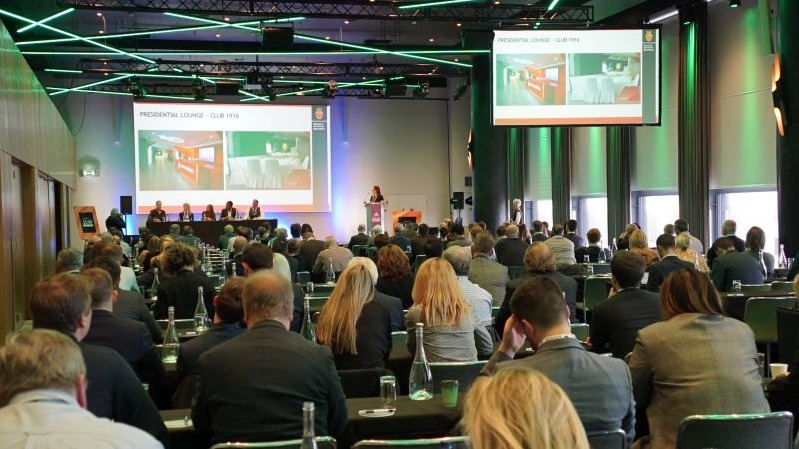
Understand the Market
Sports and entertainment properties no longer insist on putting four walls around their premium patrons. This well-documented pivot to portfolios with more volume and variety of premium options inclusive of open, social spaces continues to accelerate in response to ever-evolving consumer behaviours in general and their preferences across entertainment platforms specifically.
Ros Robinson, Head of Club Wembley Development for The Football Association, said:
The first step [in the renovation process] for us was to understand the marketplace and what consumers were looking for from a hospitality proposition, and not only within football, but in other sports and outside of sports to the entertainment world and equally to the world of members’ clubs and restaurants.
Molango added:
Don’t assume everyone has the same tastes. We have a number of different clients. Not all of them want to be in those new generation [spaces]. We’ve got very traditional people who also need to find our space interesting.
Marcel Ridyard, Director at AFL Architects, said:
We highly recommend you do that market research piece, get a business plan, and understand what you can raise and how you can pay for [the renovation] over ten years.
The O2 Arena in London (Billboard’s second highest-grossing arena in 2019) is in the midst of an initiative to address having too many corporate boxes, as Steve Sayer, Vice President and General Manager at the venue for AEG explained:
We’re reacting to what the market is asking for. They’re looking for different products.
We always say the best place to watch a gig or a show is not sitting in your seat. It’s in that space where you can get up, watch the show, you can drink, you can eat, you can network, and that’s something we’ve been seeing for a number of years.
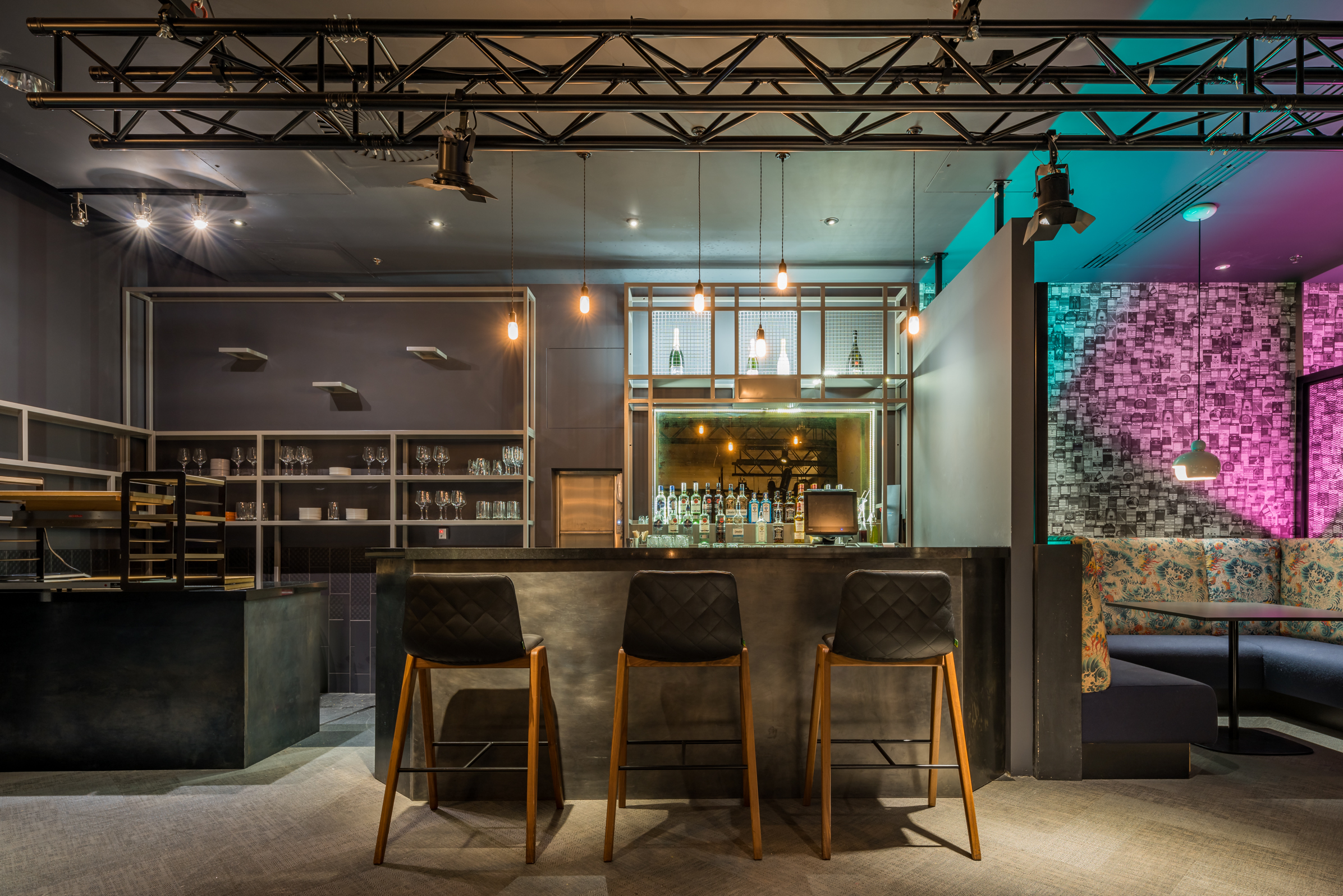
STAPLES Center currently has 154 suites, which Kajiwara also admits “is way too many.” In response, AEG recently repurposed eight suites into a new club space connected to a unique sponsorship activation with a nightlife company, in which patrons take buses from the arena after the game to the sponsor’s actual nightclubs.
Learn from Peers in and out of Sports
Market research does not end with studying teams in similar markets, leagues, or geographies. The best ideas often come from other sectors of the economy. Our panel of experts pointed to hotel bars, leisure spaces, retail environments, and airline lounges as leading indicators in the hospitality market.
Robinson said:
There’s a real changing face of what hospitality looks like. From our experience in Wembley [Stadium], it’s creating something that’s not what you’d expect in a football stadium. It’s not traditional football hospitality. That’s one of our keys to success.
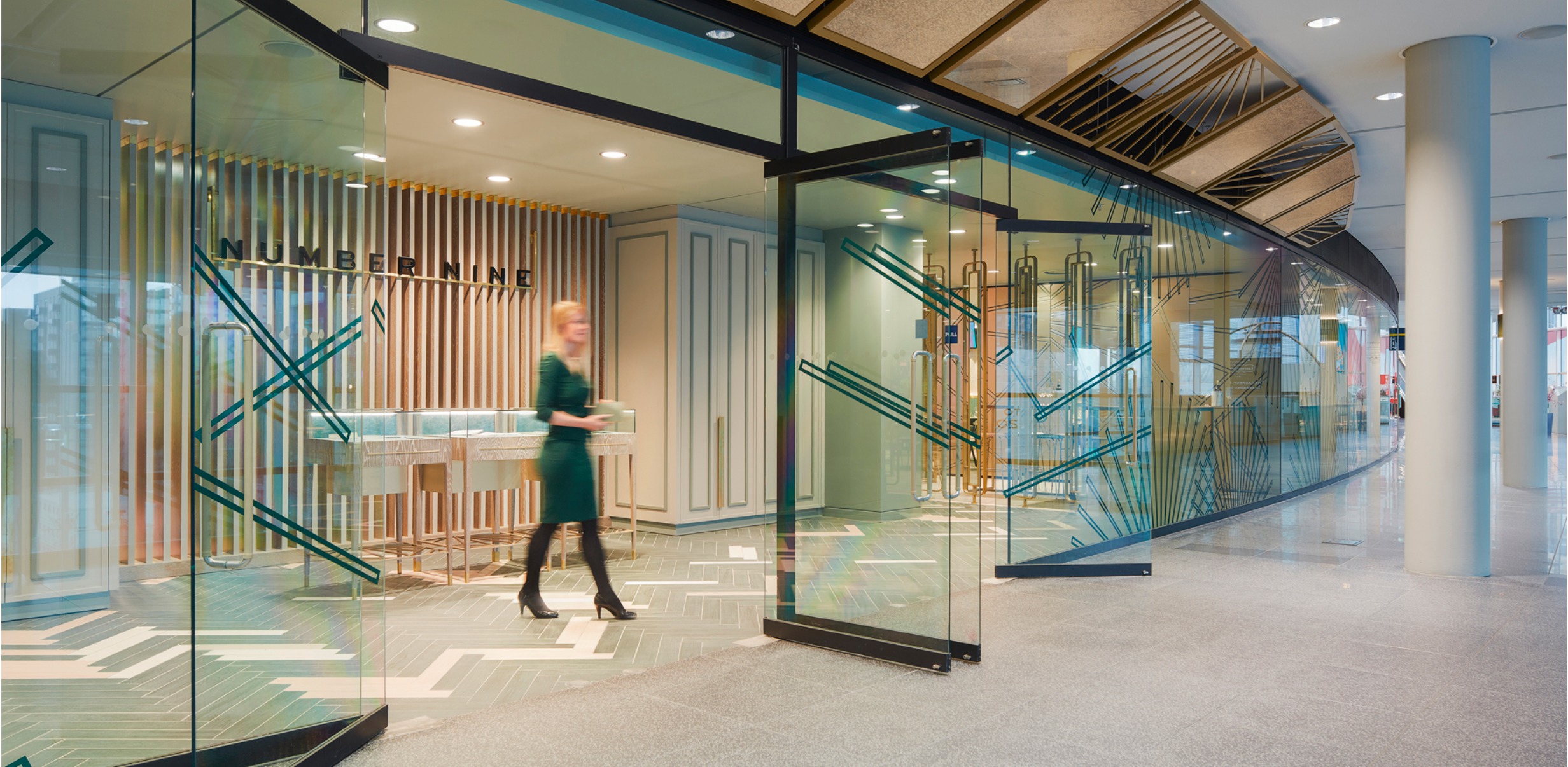
Kajiwara said:
You always have to pull from outside of just other premium spaces in sports to look at what our clients are experiencing in other premium areas like restaurants and hotels. We constantly have to be looking everywhere.
A couple of case studies within the panellists’ venues also emerged.
A recent project at The O2 installed a concept bar that for a variety of reasons did not perform to expectations. The arena countered by shifting from cocktails to coffee and transformed the space into a café bar that started generating revenue overnight.
Sayer said:
You go into these projects with the best intentions. But they don’t always work out. If you need to pivot, then you do that.
STAPLES Center recently reinvented space in its restaurant that had incredible sightlines to the field of play, but no corresponding seating option and no revenue opportunity outside of food and beverage, which was not guaranteed event to event. This prime real estate is now 27 tables and lounges that generate US$4m in annual return from newly contracted clients.
Ridyard said:
It feels good to be free to experiment. You’ve got to see yourself as ever-changing. If you try something that doesn’t work, try it again.
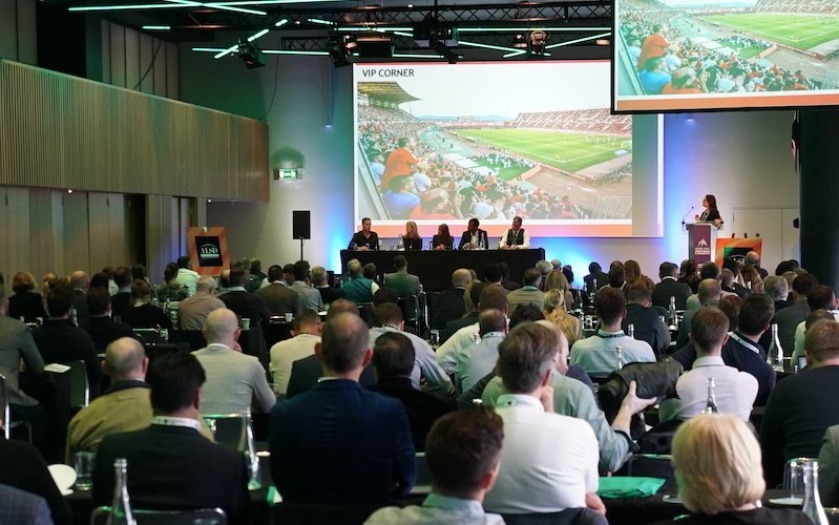
This article was originally published on the ALSD website.
The panel were just some of the stellar lineup of 50+ industry expert speakers at ALSD International – Europe’s one & only event dedicated to the Premium Seat & Hospitality sector – organised and delivered by Sports Venue Business – the industry leader for news, views & developments – in conjunction with the 30-year-old Association of Luxury Suite Directors (ALSD). Last month’s 2019 edition, held at Croke Park, welcomed 270+ high-level decision-makers from across the Americas, Europe, the Middle East and Russia. Check back soon for details on the 2020 edition and the evolution of ALSD International from a once-a-year event to a 365 community…
#SportsHospitality #Hospitality #PremiumSales
#ALSDInternational – Europe’s one & only event for the Premium Seat & Hospitality sector
#sportsvenuebiz

